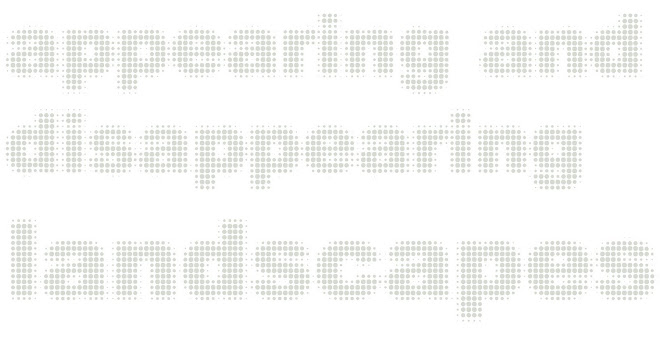# An article about climate changes in Jaeren, its affect on agriculture (thanks to Anders):
 Global warming could have major negative consequences for agriculture and food production. But in Norway and other parts of the northern areas will increase temperatures to extend the growing season could provide greater yields and potential for growing crops that are only harvested at other latitudes. In the five-year project Windsur (Winter survival) has Bioforsk West on Særheim in Klepp, in cooperation with departments on Bioforsk Fureneset in Fjaler and Holt in Tromsø seen in a long telescope. They have particularly focused on how overwintering conditions for branch as timothy and winter wheat will be after 2070. But also considered how climate change might mean for weeds and plant diseases.
Global warming could have major negative consequences for agriculture and food production. But in Norway and other parts of the northern areas will increase temperatures to extend the growing season could provide greater yields and potential for growing crops that are only harvested at other latitudes. In the five-year project Windsur (Winter survival) has Bioforsk West on Særheim in Klepp, in cooperation with departments on Bioforsk Fureneset in Fjaler and Holt in Tromsø seen in a long telescope. They have particularly focused on how overwintering conditions for branch as timothy and winter wheat will be after 2070. But also considered how climate change might mean for weeds and plant diseases.
Summarized
Project to 20 million is one of the largest of its kind in Norway now and are mainly funded by the Research Council. The Norwegian experts have also collaborated with colleagues in Canada, Scotland and the Netherlands. Researchers have particularly addressed Jæren, but also created scenarios for Valdres, Nord-Trøndelag, Nordland and Troms. Now the results will be compiled with the aim of publishing. Project Mats Höglind by Bioforsk West on Særheim admits that he has gotten a bit aha experience while working. - This will increase the temperature, the more I have dealt me a long time. But it is only when I sat down and considered what it means for plant growth that I understand what is happening with the climate, "says Mats Höglind.
Climate Scenarios
Höglind and his colleagues have worked with both model and practical experiments. They have been based on geographical downscaled climate scenarios from the Norwegian Meteorological Institute. These are based again on the temperature scenarios from the IPCC. The researchers used data from the period 1971-1990 as the reference and directed his gaze to the period 2071-2100. They have assumed that the average temperature of Jæren then up to three degrees higher. 315 days
Here are some of the key projections:
- The climate in Jæren will look like much on the current conditions along the coast of Belgium today, but be wetter. The growing season in the Sun is increased to 315 days, compared with 234 days on average in 1961-1990. In comparison, the growing season in the Netherlands over the past 15 years has been 290 days on average.
- The increase in the fall can be up to four degrees, compared with 1971-1990.
- First Revolt in Jæren can start in early May. One to two additional tunes and / or such extended grazing season.
- Annual precipitation will increase noticeably. Again, the trick will be greatest in the autumn, with up to 50 millimeters more rain per month.
- 550 ppm CO2 in the air (to 384 ppm today) leads to increased plant growth, but the impact is unlikely to exceed 10 percent under Norwegian conditions.
- Decreased risk of frost damage and ice damage in the fall / winter. Increased risk of frost damage after growth starts.
- Mats Höglind emphasizes that there is considerable uncertainty about how much climate will vary within short periods of time and where extreme fluctuations. This will be important for the opportunities an extended growing season actually provide for increased harvest and larger crops.
Even more autumn rainfall can offer great challenges for many cultures.
(the article is translated with google)
the original article: http://www.aftenbladet.no/energi/klima/950359/Jaeren_kan_faa_belgisk_klima_i_2070.html
# The article about heavy rain in Western Norway:
the picture of Ha river flooded was the one that cought my attention the most.
 the text under the picture: The popular salmon river Hå River at Jæren in Rogaland has gone far beyond its shores as a result of the heavy rain washed that have characterized the region over the past day. PHOTO: TOR MARTIN Åsland
the text under the picture: The popular salmon river Hå River at Jæren in Rogaland has gone far beyond its shores as a result of the heavy rain washed that have characterized the region over the past day. PHOTO: TOR MARTIN Åsland
the original article: http://www.aftenposten.no/nyheter/iriks/article3383754.ece












